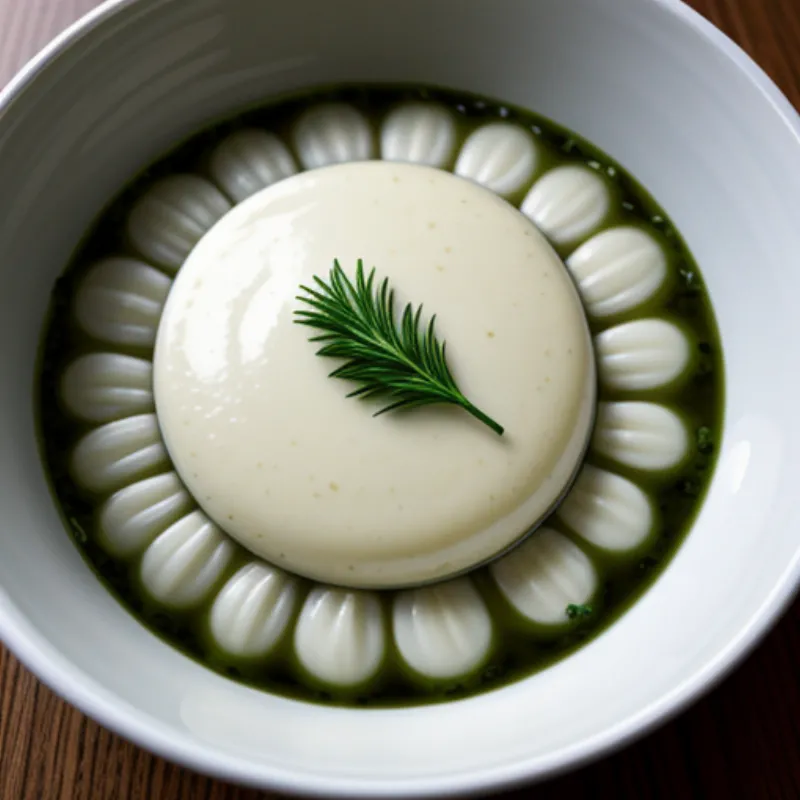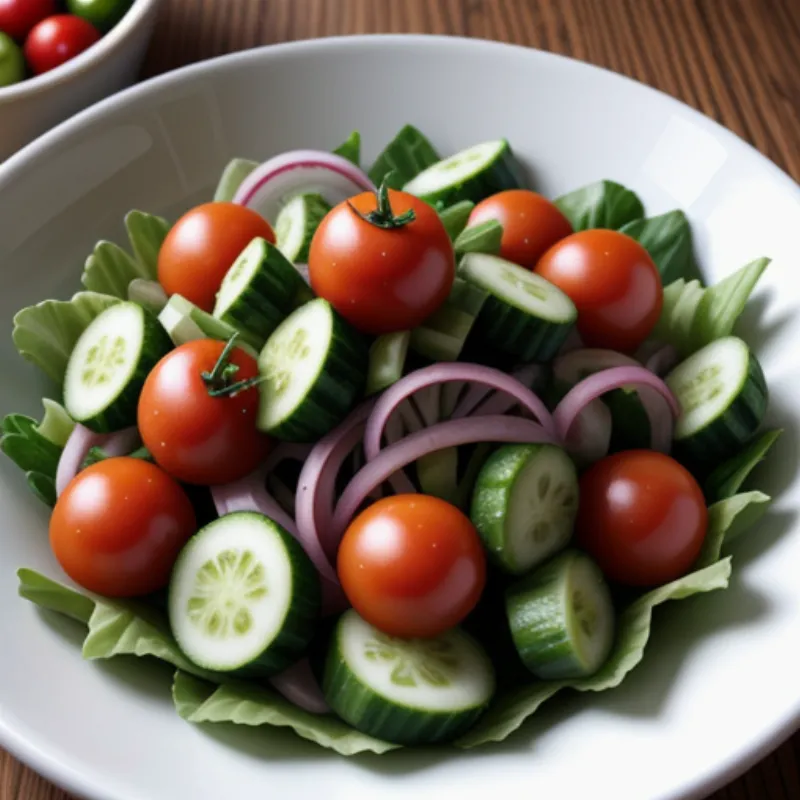White wine vinaigrette. Just the name evokes images of sun-drenched vineyards and fresh, flavorful meals. This light and tangy dressing is a staple in my kitchen, a go-to for adding a burst of flavor to simple salads and grilled vegetables alike. Trust me, once you experience the bright, zesty punch of a homemade vinaigrette, you’ll ditch the bottled stuff for good!
What is White Wine Vinaigrette?
Originating in France, vinaigrette is traditionally a simple emulsion of oil and vinegar. White wine vinaigrette, as the name suggests, incorporates the crisp, slightly acidic notes of white wine to create a dressing that’s both refreshing and flavorful. Its versatility is unmatched – it can elevate a simple green salad, add zing to roasted vegetables, or even act as a marinade for chicken or fish.
Why You’ll Love This Recipe
This recipe is my tried-and-true method for creating the perfect white wine vinaigrette. It’s:
- Easy to make: With just a handful of pantry staples and a whisk, you’ll have a delicious dressing ready in minutes.
- Customizable: Adjust the ingredients to your liking – swap out the herbs, experiment with different vinegars, or add a touch of sweetness.
- Far superior to store-bought: Freshly made vinaigrette has a vibrancy and depth of flavor that you simply can’t get from a bottle.
Ingredients for White Wine Vinaigrette
The Essentials:
- 1/4 cup white wine vinegar: Provides the base tanginess. Look for a good quality vinegar for the best flavor.
- 1/2 cup extra virgin olive oil: Adds richness and body. Opt for a high-quality oil for the best taste.
- 1 teaspoon Dijon mustard: Acts as an emulsifier, helping the oil and vinegar bind together.
Flavor Enhancers:
- 1 small shallot, finely minced: Adds a subtle savory note.
- 1 clove garlic, minced: Provides a hint of pungent flavor.
- 1/2 teaspoon salt: Enhances the other flavors.
- 1/4 teaspoon freshly ground black pepper: Adds a touch of spice.
Optional Add-ins:
- 1 tablespoon chopped fresh herbs: Parsley, chives, tarragon, and dill all work well.
- 1 teaspoon honey or maple syrup: Adds a touch of sweetness to balance the acidity.
- Pinch of red pepper flakes: For a hint of heat.
Equipment Needed:
- Measuring cups and spoons
- Mixing bowl
- Whisk
How To Make White Wine Vinaigrette
- Combine the ingredients: In your mixing bowl, whisk together the white wine vinegar, Dijon mustard, minced shallot, garlic, salt, and pepper.
- Emulsify with oil: Slowly drizzle in the olive oil while whisking constantly. This helps to create a smooth and emulsified dressing.
- Taste and adjust: Have a taste and adjust the seasoning as needed. You might want to add more salt, pepper, or a touch of sweetness.
- Add optional ingredients: Stir in any fresh herbs or additional flavorings.
Tips and Tricks
- Emulsification is key: For a creamy and well-combined vinaigrette, make sure to whisk constantly while adding the oil.
- Taste as you go: Don’t be afraid to adjust the seasoning to your liking. If it’s too acidic, add a pinch of sugar. If it’s lacking a little something, try adding a splash more vinegar.
- Fresh is best: Whenever possible, use fresh ingredients for the most vibrant flavor.
- Storage: Store any leftover vinaigrette in an airtight container in the refrigerator for up to one week.
How to Serve Your Vinaigrette
White wine vinaigrette is incredibly versatile and pairs well with:
- Salads: From simple green salads to more complex compositions with grilled chicken, roasted vegetables, or cheese.
- Grilled vegetables: Drizzle it over grilled asparagus, zucchini, or bell peppers.
- Grain bowls: Add a bright element to your favorite quinoa or farro bowl.
- Marinated chicken or fish: The acidity in the vinaigrette helps to tenderize the meat.
 White Wine Vinaigrette in a Bowl
White Wine Vinaigrette in a Bowl
FAQs About Making White Wine Vinaigrette
Can I use another type of vinegar?
Absolutely! While white wine vinegar provides a classic flavor, feel free to experiment. Champagne vinegar offers a delicate sweetness, while red wine vinegar adds a bolder, more robust taste.
My vinaigrette separated, what went wrong?
Don’t worry, it happens! Sometimes the oil and vinegar can separate if not emulsified properly. Simply give it another whisk before serving.
Can I make this vinaigrette ahead of time?
Yes, you can store it in an airtight container in the refrigerator for up to one week.
 Salad with White Wine Vinaigrette
Salad with White Wine Vinaigrette
Dive into the World of Flavor!
This white wine vinaigrette recipe is just the tip of the iceberg. Don’t be afraid to experiment with different flavor combinations and explore the endless possibilities of homemade dressings.
For more delicious sauce and dressing recipes, check out our guides on How to Make Olive Oil and Vinegar Dressing, How to Make Ravigote Sauce, and How to Make Dijon Vinaigrette. Happy cooking!
